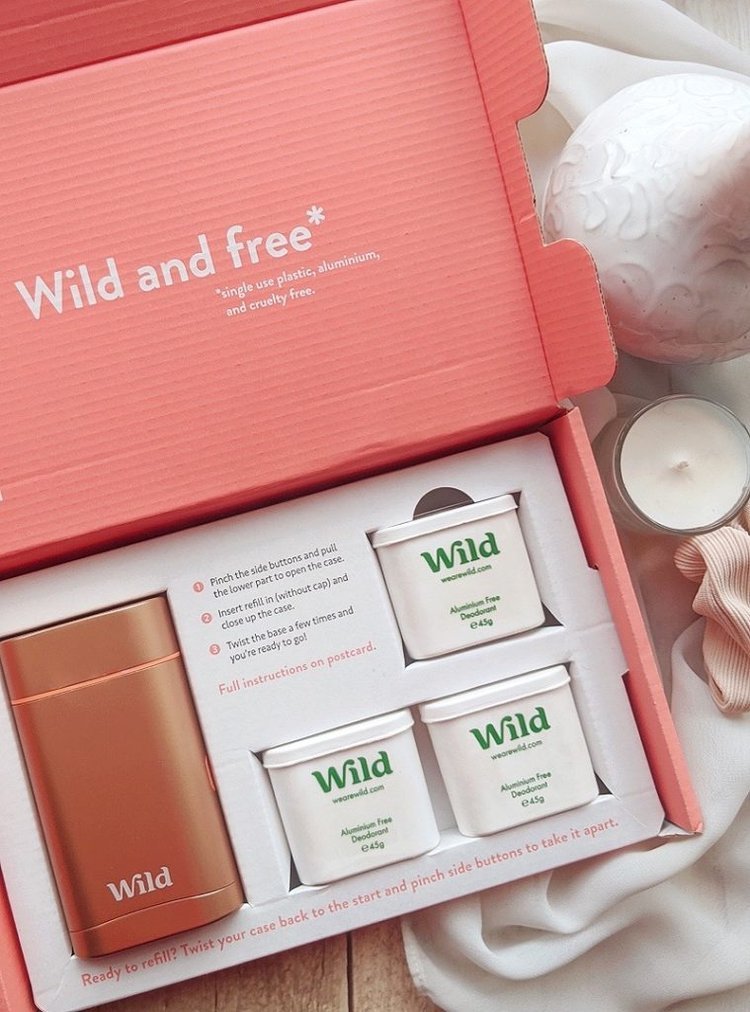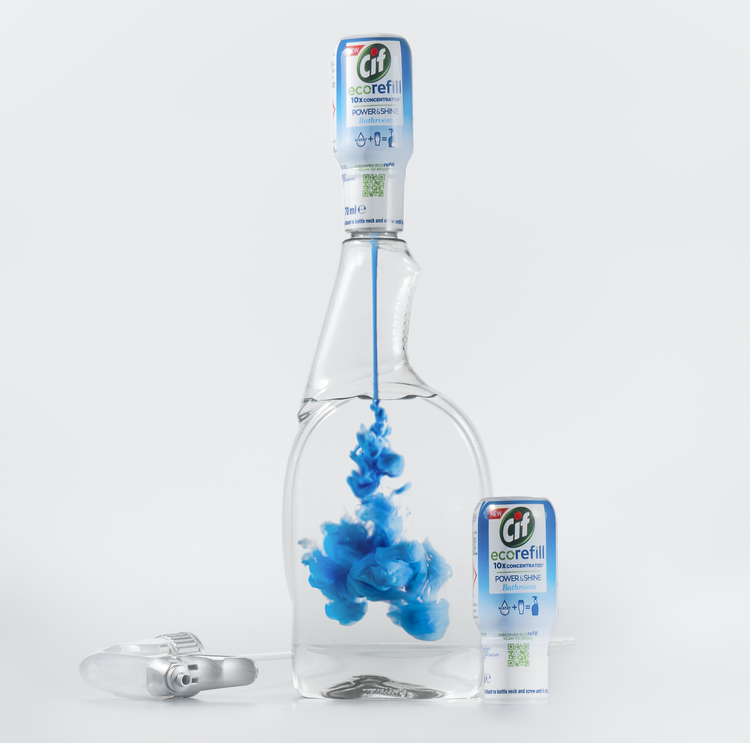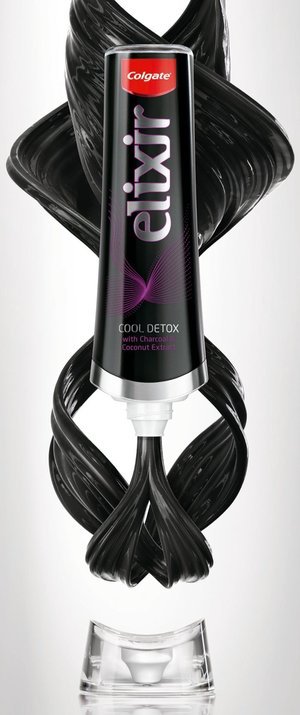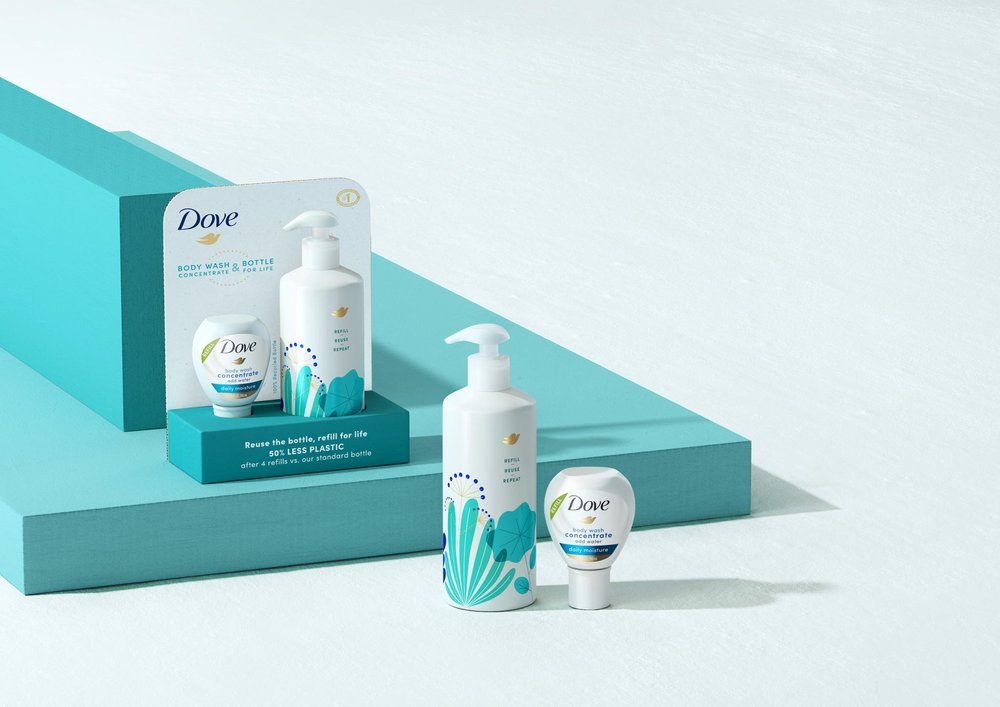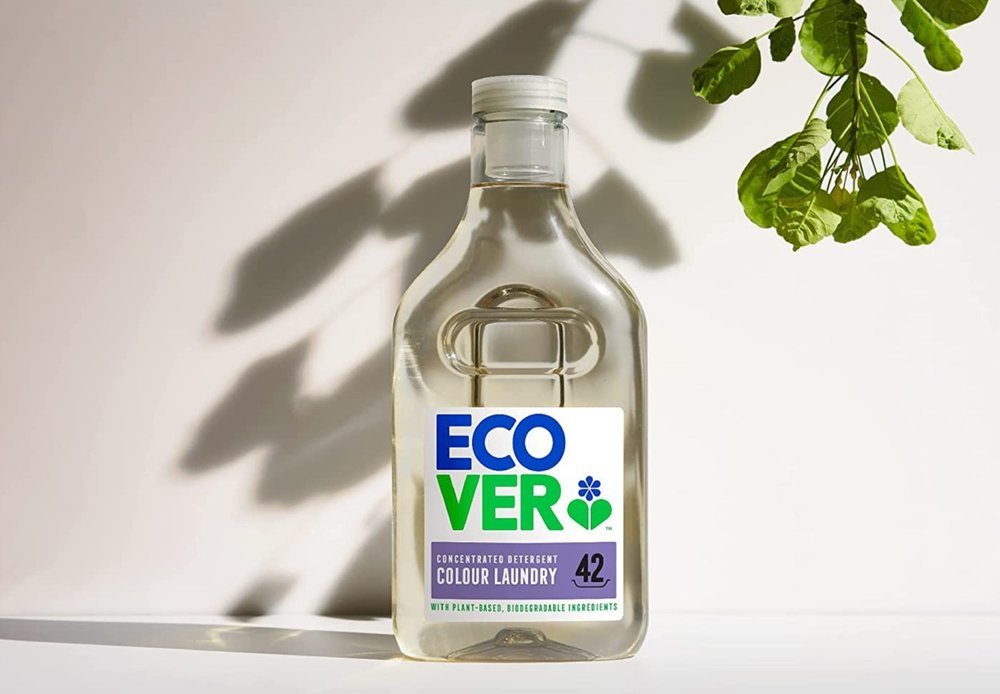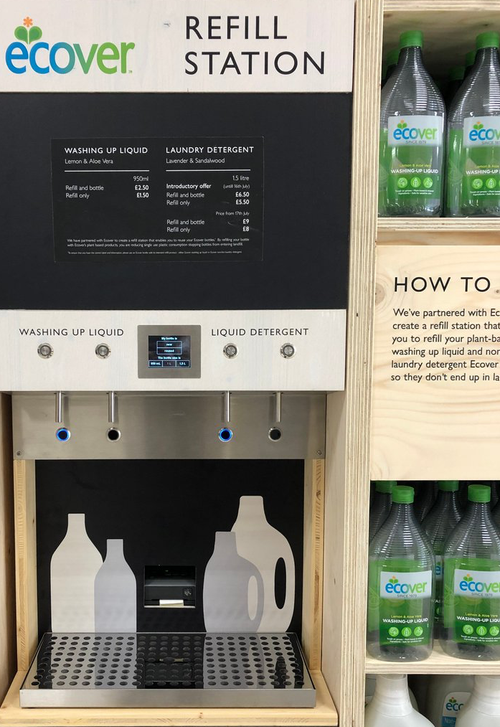Tackling poor recycling rates by design
Authored by
Simon Newbegin, Structural Design Director
This article was commissioned by DIELINE, and was published 21 July, 2022
Last month, a study revealed that the US recycling rate dropped to 5% in 2021. Despite new legislation, such as the introduced (but unpassed) US’ Break Free from Plastic Pollution Act and the Plastics Tax in the UK which took effect last April, there’s a gaping disconnect between the policies and their intent and real-life impact.
Consumers increasingly demand more environmentally friendly products, while retailers are also putting on the pressure, spurred by Corporate Social Responsibility (CSR) policies, for more recyclable packaging from brands. So what’s going on? Why are recycling rates so abysmal, and what can brands do to reduce this disconnect to empower consumers?
Of course, design has a pivotal role in tackling this conundrum—and it’s not just about changing materials or introducing limited-edition eco packs.
Tackling Long-Standing Barriers
There’s a critical distinction between recyclable packaging and "packaging designed to be recycled." While the first refers to the construction and material of the packaging, the second goes much further. It addresses the potential barriers that might prevent successful recycling. In a nutshell, packaging designed to be recycled should be easy and attractive for both brand and consumer.
Easy is about looking at the functionality and communication of the pack through the lens of sustainability. For brands, some of the biggest barriers are any investment in their filling lines or the scalability of innovative technology. Established brands will have multiple filling lines for any product, for example. So good design thinking always needs to look at their situation to recognize that reality, and if possible work within their current capabilities. This will make it easier for them to implement changes in the short term to meet recycling legislation, whilst helping them to plan for larger investment in future that may be necessary to move to more circular sustainability models. By breaking down a sustainability vision into smaller achievable steps design can help to tackle the barrier of investment.
From a consumer’s point of view, we need to think about the whole process—from picking a product on the shelf or online to making the act of recycling as easy as possible. As humans, we’re inherently lazy. If the act of recycling is difficult or unclear, we’re unlikely to recycle—or even know how to. It is crucial to consider all barriers in the consumer journey. Can the pack be cleaned quickly and easily? Are the material components intuitively separated? Can the materials be conveniently collected from the curbside?
Unlocking New Experiences
Making recycling attractive also applies to both brands and consumers. For the brand, we need to consider cost neutrality, if not lowering costs—making it attractive for the brand to contemplate change. For the consumer, it means that sustainability should not be a compromise. When done correctly, it can unlock exciting new experiences.
Colgate’s new Elixir packaging, for example, has reinvented the traditional toothpaste tube as a sleek bottle. Coated with LiquiGlide, a substance that reduces friction and therefore prevents toothpaste from sticking to the sides, it allows consumers to get their toothpaste out more easily, but also makes the product ready to recycle after use—much more convenient and pleasant to use.
Elixir’s aesthetic also leans into beauty packaging conventions. It reimagines toothpaste as something worthy of belonging on your bathroom counter rather than hidden away in a cabinet or drawer, driving desirability by tapping into current #shelfie trends and self-care rituals.
This is particularly relevant for companies that rely on social commerce and digital content. In this space, the brand is no longer static – brands are evolving to become true audio visual experiences. Consequently, brand owners need to draw on an even wider specialist agency pool as they layer motion graphic, digital marketing and e-retail consultancies into the mix.
Image Credits: Cif, Ecover, Dove, Colgate, Wild
The Power of Disruption
Such stand-out is a crucial tool when designing for recycling. Just like the traditional tactics used to sell products, being distinctive visually and tangibly can help sell sustainability and change behaviors. Distinctiveness makes the act of recycling more visible and even more desirable. It creates disruption and encourages conversation. Does this look cool? Do I want to pick it up?
If we want to change consumer habits that have developed over a lifetime, we need to look beyond those people that are already on board with sustainability and consider the people less engaged. How can we get them to rethink their daily routines?
Ecover was one of the first sustainable disruptors, utilising in store refill stations to raise awareness of circular thinking and encouraging consumers to break single use habits. More recently the brand have introduced 100% recycled plastic bottles that stand out on shelf with their elegant design and even celebrate the slight tint caused by impurites in the plastic. They have presented their sustainable philosophy as cutting-edge desirable design and positioned themselves as the modern cleaning brand. The brand continues to be the vanguard of the refill drive, offering in-store refills at more than 700 locations across the UK.
Small, agile direct-to-consumer brands, meanwhile, such as cleaning products as Smol or deodorant Wild, are prime examples of new brands doing it well now. They grab attention with packaging that's desirable, convenient, and super functional. Not only offering easily recyclable packs but also new sustainable experiences through innovative and aspirational subscription and refill business models. And bigger brands are keeping an eye on this disruptor playbook. Cif is bringing elements of this thinking to the shopping aisles, for example, with its super concentrate to refill spray bottles that engage consumers in more sustainable rituals.
Masters of Scale
That’s not to say that the biggest impact always comes from the biggest innovations. The most effective changes can be small but on a much larger scale.
For example, Coca-Cola recently announced that it attach all bottle caps to its bottles to ramp up its recyclability by 2024. The tethered cap breaks the habit of throwing the top away or losing it, making it easier for the whole pack to get recycled without requiring extra effort from the consumer.
Tethering bottle caps to bottles seems like a small thing—it doesn’t up the "cool" factor of the product, but that’s the point. If it’s not necessarily driving a behavior change, it doesn’t have to. Changes on such a mass scale will have a significant impact. So, while many of the direct-to-consumer challenger brands are highlighting what’s possible, it’s the global corporates that need to keep up to drive momentum.
Breaking automated behavior, thinking of desirability and disruption, and at scale, is how brands need to be thinking—and what will get the recycling rate moving in the right direction.


